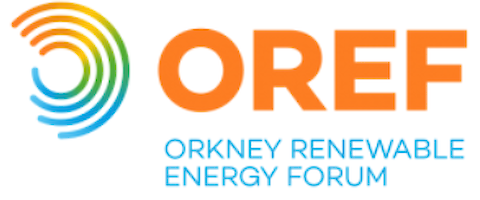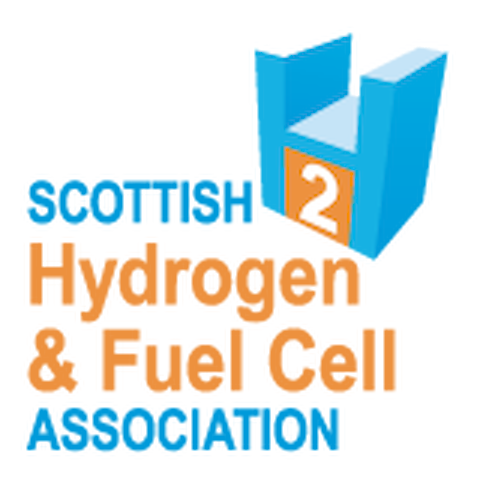Floating Solar & Solar
Since 2000, the Aquatera team have worked with over 60 different marine renewables technologies covering wave, tidal, offshore wind and more recently floating solar PV (FPV). This work has spanned over 50 countries from the Arctic to the Antarctic and from the benign tropics to the harsh waters of the NE Atlantic.
Aquatera’s work encompasses strategic and project level planning, market analysis, consenting, baseline surveys, technology optimisation, conceptual array design, deployment planning, marine operations management, monitoring and decommissioning.
We have utilised our RADMApp resource and market analysis tool to identify over 400 prospective floating solar, offshore wind and tidal development sites throughout Indonesia with a combined deliverable capacity of 1.9 TW and a predicted output of 3,000 TWh.
Aquatera's Research in FPV
We have recently been engaged by a major energy company to do a Global Marine & Fresh-water FPV Environmental and Social Impact Assessment. The study aims to assess the environmental impact of floating PV in inland water bodies and marine environments (both nearshore and offshore) in various regions and countries across the globe.
The result of the project will also lay out the state-of-the-art on FPV impact assessment, and strategies and best practices on various aquatic ecosystems. Our work on this project will produce a study providing an overview of known adverse as well as positive effects of FPV power stations, and identify the scientific gaps that require R&D or operational studies, biomonitoring current practices, and mitigation solutions.
Image credit: OceanPixel Pte Ltd











